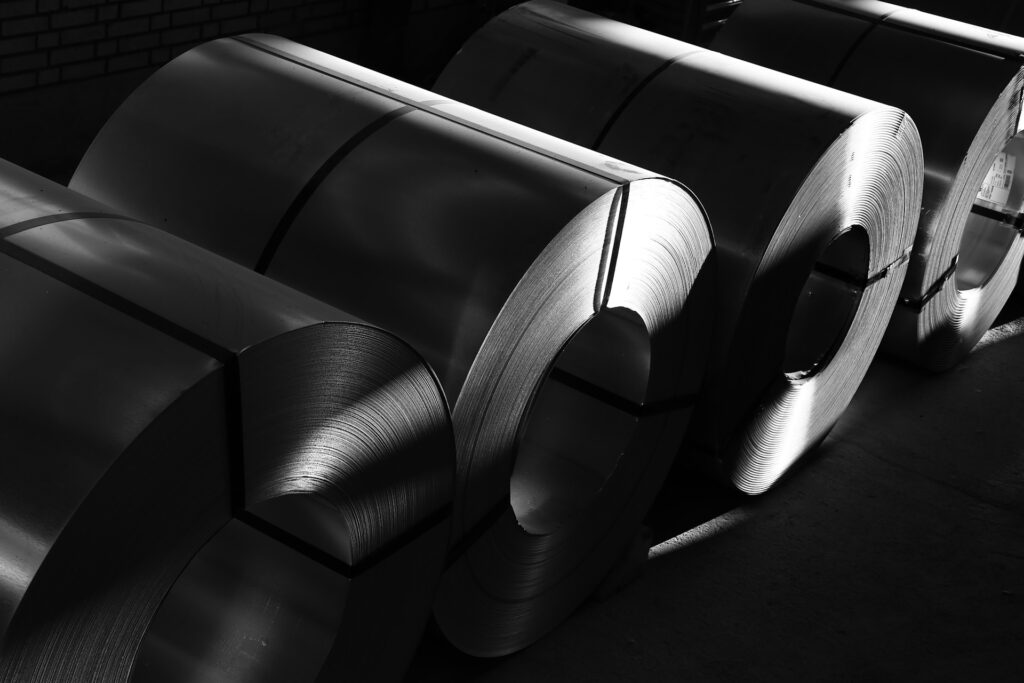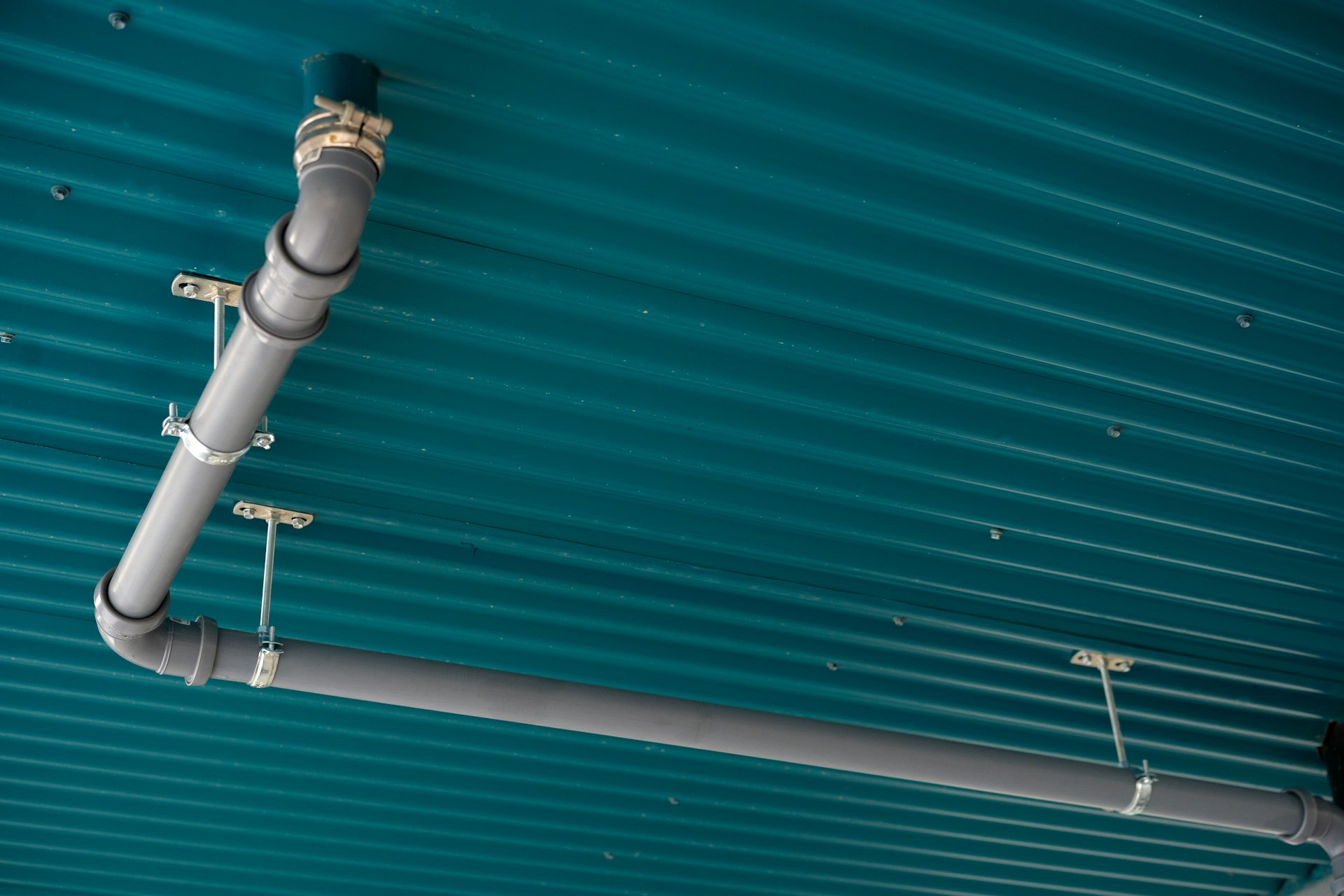Introduction: For those who want to try DIY roofs

Hello everyone, this is DIY Renova.
"I'm starting to worry about leaks," "My roof is getting old in a wooden house that's over 20 years old."
Have you ever wanted to try renovations to your sheet metal roof yourself without relying on a professional?
In fact, in a typical Japanese wooden two-storey home, if you take some physical strength and safety precautions, you can do DIY installation using "pre-scaled roofing materials." Moreover, sheet metal roofs (such as galvanized steel sheets) have the advantage that they are relatively light and are easy to maintain after installation.
In this article, even if you are an architectural professional, we will explain everything from the basics of "You can start by reading this!", from the basics of everything from the tools you need, how to choose, actual installation procedures, and safety measures. Of course, we will also explain why, with an engineering perspective, "Why is this tool or method necessary?", so we have written it so that even DIY beginners can proceed with it with ease.
So, here you go.
Learn about the type of sheet metal roof and construction method
Although it is called a sheet metal roof, there are actually several different construction methods. Each one has its own right and not suitable, so it is important to first understand the method that suits your home.
Main roofing methods
| Construction method | Features | DIY Appropriate |
|---|---|---|
| Thatched roof (metal horizontal roof) | A method of fixing screws horizontally. It has a simple appearance and is used in many homes. | ◎ |
| Stand-alone roof (Tatei Hirabuki) | The roofing material is connected with protrusions called gobys to prevent rainwater from entering. A structure that prevents nails from coming out onto the surface. | ○ (Good-closing tools required) |
| Vertical roofing (tile bar roofing, etc.) | There is a high degree of freedom in installation, including the base structure, but it is somewhat difficult for DIYers. | △ |
If you are using pre-scaled roofing materials (pre-cut products), "horizontal roofing" is the most DIY-friendly option. The length of the ready-made products is already processed, and simply fastened to the base with screws, making it less likely to occur in design or dimensional errors.
List of tools needed for DIY installation (basics)
First, let's organize the essential tools when installing pre-sized metal roofing materials with screws. What you need is surprisingly simple.
Essential Tool List
| Tool name | Uses |
|---|---|
| Impact driver (+bit) | Essential for fixing screws for roofing materials. Cordless is easy to handle in DIY. |
| Scale (5.5m or more) | For measuring the dimensions of long materials. Understand the roof width accurately. |
| Chalk line for leveling | The position of the sheet metal can be leveled out in a straight line. Essential for construction that does not slip. |
| leveler | Gradient and tilt check. A misaligned roof can cause rainwater to accumulate and cause leaks. |
| Gloves and leather gloves | The edges of the sheet metal are very sharp. Essential for safety. |
| Full harness safety belt | Since the amendment to the 2022 Act, full harnesses have been the norm for work at a height of 2m or more. |
In addition, be sure to follow basic high-level work safety rules, such as "roof stepladders" and "work will be cancelled if wind speeds exceed 5m."
Special tools and how to choose the required sheet metal work
How to choose sheet metal scissors (SLD Yanagiba)
When it comes to sheet metal scissors, it is important to have a sharpness and whether they fit the size of your hand. There are sizes available as follows:
| Nominal dimensions | full length | weight | Features |
|---|---|---|---|
| 232mm | Approximately 330g | Lightweight and easy to handle. Suitable for women and detailed work. | |
| 265mm | Approximately 450g | It is highly versatile and ideal for unisex. | |
| 290mm | Approximately 600g | Power is important. Suitable for cutting straight lines, but heavy and easy to get tired. |
If you are dealing with the general 0.35-0.6mm galvanized steel sheet (JIS G3321 standard), 265mm (commonly known as the 240 type) is the best balance and is also suitable for DIY.
Morimitsu Professional Shears SLD Yanagiba 240mm HSLD0124
How to choose a tsukami (metal hand seamer)
Tsukami is used to fold sheet metal materials at 90 degrees and to neatly shape the edges. The key to choosing is the mouth width.
| width | Suitable uses |
|---|---|
| 90mm | You can break the wide side all at once. It is often used by craftsmen. |
| 70mm | Suitable for small spaces and for handling materials. Easy to use even for DIY. |
Recommended usages:
- "Construct the entire roof yourself" → Mainly 90mm
- "There's a lot of work done in narrow spaces such as valleys and ridges" → 70mm is convenient
It's perfect if you have both, but if you choose one, the versatile "90mm" is fine.
Part 2 | How to choose waterproofing, base, and fixed materials and roof construction steps
How to choose and secure screws: The key to invisible safety
We use sheet metal screws to secure the roof, but the durability can be greatly changed by choosing it. For DIYers, we highly recommend using ones with a colored rubber gasket.
Conditions for sheet metal screws
- With rubber gasket (EPDM): Prevents rainwater from entering.
- Comes with color (same color as roofing material): The look is also neat. Prevents UV degradation.
- Material: Stainless steel or supplemented: It is important to be resistant to rust.
[Guideline] 10 to 12 screws are driven at equal intervals per roofing material (width 600mm x length 2000mm).
You may need more than 100 of them on the entire roof, so make sure you have plenty of time to prepare.
Examples of recommended products (affiliate links):
Gasking screws, stainless steel, 5.5 x 45mm, 100 pieces (Amazon)
Waterproofing: The most important points to prevent leaks
No matter how neat it is installed, there is no point in rain if it enters from seams, edges, ridges, keratin, valleys, etc. This is where "sealing materials" and "waterproof tape" come in.
Types of sealing materials and how to choose them
- Modified silicon system (MS system): Compatible with metals and wood, resistant to UV rays, ideal for outdoor use.
- Silicon is not recommended: Metals and painted surfaces have a weak adhesion, and there is a risk of peeling off.
[Recommended uses] For finishing ridge wraps and crepes, and for treating edges and cut surfaces.
Cemedine Modified Silicon Sealant (Gray)
Waterproof tape
- Butyl rubber tape: High airtightness and excellent long-term stability.
- Stick it on stacked roofing materials, valleys, and keratin base to prevent rainwater.
Roof base and necessary confirmations
Substrate conditions (structural plywood or field board)
When screwing pre-shaped roofing materials, make sure that the base is "structural plywood (12mm or more thick)."
If there is rot, deflection, or knot, it will not be able to ensure strength, and screws will not work, which increases the risk of flying due to typhoons or other factors.
[Reference] Standards for structural plywood (JAS standard): F☆☆☆☆ product/12mm thickness/910 x 1820mm size is standard.
Practical Edition | Installation steps for sheet metal roofs (for horizontal roofing)
Here we will explain step-by-step instructions on installing a "metal thatched roof" that is the most DIY-friendly option.
Step 1: Preparing tools and materials and checking the weather
- Choose a day with a wind speed of less than 5m/s and no rain forecast (hazardous if the roof material is blown away by the wind).
- A tool pouch or magnetic tray is provided to prevent anything from falling onto the roof.
Step 2: Installation of the base and roofing (waterproof tarp)
- Apply "modified asphalt roofing" on top of the field board (from the eaves to the top).
- The overlapping width is over 100mm. Temporarily fasten it with a tacker or roofing screw.
[DIY Points] Roof tackers are inexpensive, light and easy to work with.
Step 3: Draw a leveling (base line)
- Draw the "roof material standard line" with the choke line.
- Be careful as the initial line shifts will distort all roofing materials.
Step 4: Temporary placement and cutting of roofing materials (if necessary)
- If length adjustment is required, cut it with "Gold Shears (SLD Yanagiba)".
- Always apply "rust-proof spray" to the cut surface.
Step 5: Screw fastening (from inside to outside, from bottom to top)
- Screw the screws evenly on both sides, with the center of the roofing material being used as a reference.
- The screw spacing is 300-400mm, and the edge is less than 200mm.
- The screws are "not too tight or too loose." The appropriate amount of the gasket is slightly crushed.
Step 6: Installing Builders, Ceraba and other entities
- A yakumono is a finishing material that covers the edges of the roof and mountains.
- Use a special ready-made product to give it a nice finish.
- Securely secured with sealing and screw fastening.
Summary of safety measures for high-altitude work
- Work height of 2m or more → Full harness + master rope required (Article 12 of the Industrial Safety and Health Act Enforcement Ordinance)
- If there is no scaffolding → Use a dedicated roof ladder or roof scaffolding
- Prepare for sudden changes in weather → Always have a blue tarp (fixed rope is recommended)
It's a life-threatening task even DIY. Think of safety measures as "too much" as you can.
Part 2 | Comparison of trouble cases, maintenance, costs, Q&A, and construction methods
Problems that often occur after installation and how to prevent them
Whether you're a DIY or professional, a roof requires more severe construction than you imagined. Below are some common mistakes and countermeasures.
Common problems and causes
| trouble | Cause | countermeasure |
|---|---|---|
| Rain leak | Overtightening of screws/Too crushed gasket/Insufficient sealing | Screws are attached with the correct torque, and waterproofing is always done on the edges and stacked parts. |
| It's coming off in the wind | The screw spacing is too wide/deteriorating the base | The screws are 200mm at the end, 300-400mm at the center, and reinforced base |
| The sound is loud | The roofing material is not in close contact with the base | The roofing and base are firmly crimped, and the roofing material has been added to the new screws. |
Key points for rain shutdown: "Water comes in according to gravity."
- Water invades by "reverse gradient", "gaps", and "capillary action". In particular, if you seal the top of the "layered part" the water will not drain, and on the other hand, it will be easier to enter the inside.
- Be sure to be aware of the structure that allows water to escape underwater (downward).
Roof material maintenance and useful life
Sheet metal roofs, like galvanized steel sheets, are characterized by their high weather resistance and low maintenance.
Maintenance details
| item | frequency | Contents |
|---|---|---|
| Visual inspection | Once a year | Check for loose screws, rust, and deterioration of sealing |
| Ceiling repair | Every 10 years | Re-install cracked areas |
| Repainting (colored GL steel sheet, etc.) | Every 15-20 years | Prevents fading and maintains beauty due to UV rays |
[Estimated useful life]
- Galvanized steel sheet: 25-30 years (compliant with JIS G3321)
- ZAM steel sheet (highly durable steel sheet): Can be expected to exceed 30 years
- Color: Over 40 years (expensive)
Estimated total cost of DIY (e.g. 6 tsubo roof replacement)
| item | Amount (estimated) |
|---|---|
| Roof material (galva steel sheet shaping) | Approximately 5,000 yen/m2 x 20m2 = 100,000 yen |
| Screws, sealing materials, etc. | Approximately 15,000 yen |
| Tools (initial investment) | Approximately 30,000 to 40,000 yen (including impact, scissors and tsukami) |
| Safety equipment (full harness, etc.) | Approximately 15,000 yen |
| Total | Approximately 160,000 to 170,000 yen (if there is no removal of the existing one) |
At the market price (same size), professional construction often costs 300,000 to 400,000 yen,DIY, which can be completed with just material costs and tool investment, is extremely cost-effective.That can be said.
Frequently Asked Questions (DIY Beginners Q&A)
Q. Should I stop working if it rains?
→ Yes,Be sure to stop. Wet roofing materials are slippery, less likely to work with screws, and the sealing will also be adhering to the adhesion. Cancelled immediately if wind speeds exceed 5m/s or if it rains.
Q. Can I use a standing roof on a single-flow roof?
→ It is possible, but a "goby tightening tool" is required. Furthermore, the rain can be complicated, so horizontal roofing is safe.
Q. Can I use plywood as the base?
→ Structural plywood (with JAS mark) is OK. Plywood and veneer for furniture are not possible due to lack of strength.
Q. Is a caulking agent okay as the sealing material?
→ General "silicon caulking" is not suitable for roofing purposes. Be sure to use a "modified silicon (MS)" outdoor weather resistant product.
Check out advanced DIY roofing methods from overseas
In Europe and the United States, "clip-type metal roofing materials" and "snaplock" vertical roofing are becoming more popular for DIY purposes.
In the United States, especially among the "standing seam panels," there is a method that simply involves pulling the ball without screwing, and its feature is that it is screwless and stable to shut down the rain.
Unfortunately, there is still little distribution in Japan, but if imports continue in the future, there will be more DIY options.
Summary | DIY sheet metal roofs means safety measures and tools
DIY sheet metal roofing is a process of "assemblying it like a puzzle using pre-shaped roofing materials even without any design drawings."
Of course, there are many points to be aware of,
- "Choosing the right tools"
- "About the construction procedure"
- "Tough safety measures"
If you follow these three things, even amateurs can achieve it.
A summary of recommended items
- Morimitsu Professional Sheet Metal Sheet Shears SLD Yanagiba 240mm (Amazon)
- Tsukami (Hand Seamer 90mm)
- Packing screws 100 pieces (stainless steel)
- Cemedine Modified Silicon Sealant (Gray)
- Tajima Chalk Line Set (Ink Bottle)


Leave a Reply
You must be logged in to post a comment.